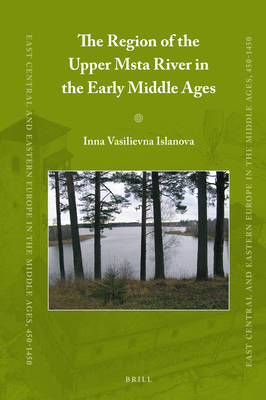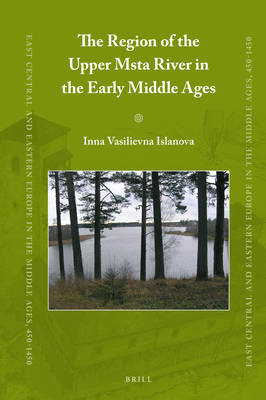
- Afhalen na 1 uur in een winkel met voorraad
- Gratis thuislevering in België vanaf € 30
- Ruim aanbod met 7 miljoen producten
- Afhalen na 1 uur in een winkel met voorraad
- Gratis thuislevering in België vanaf € 30
- Ruim aanbod met 7 miljoen producten
Zoeken
Omschrijving
This is a book about the archaeological sites of the 5th to 8th century of the Volga-Baltic watershed in the forest zone of Eastern Europe. The region has long been known for burial assemblages of the so-called culture of the Pskov long barrows, but the book brings to light a different group of sites. The population living on those sites co-existed with those who buried their dead under the Pskov long barrows, but within a different landscape. This polarity suggests that the local population was behind the culture of Pskov long barrows, while the new category of site point to immigrants from the southwest. The book suggests that the "new" archaeological sites were inhabited by a Slavic-speaking population from the periphery of the Kiev and Kolochin cultures.
Specificaties
Betrokkenen
- Auteur(s):
- Uitgeverij:
Inhoud
- Aantal bladzijden:
- 298
- Taal:
- Engels
- Reeks:
- Reeksnummer:
- nr. 70
Eigenschappen
- Productcode (EAN):
- 9789004335660
- Verschijningsdatum:
- 28/01/2021
- Uitvoering:
- Hardcover
- Formaat:
- Genaaid
- Afmetingen:
- 155 mm x 234 mm
- Gewicht:
- 589 g

Alleen bij Standaard Boekhandel
+ 602 punten op je klantenkaart van Standaard Boekhandel
Beoordelingen
We publiceren alleen reviews die voldoen aan de voorwaarden voor reviews. Bekijk onze voorwaarden voor reviews.








